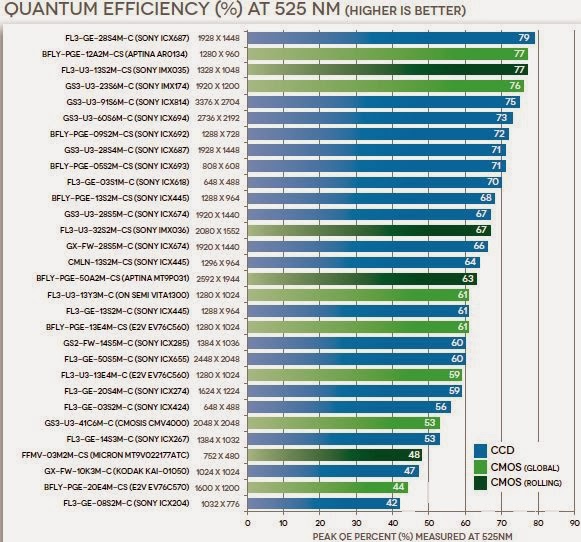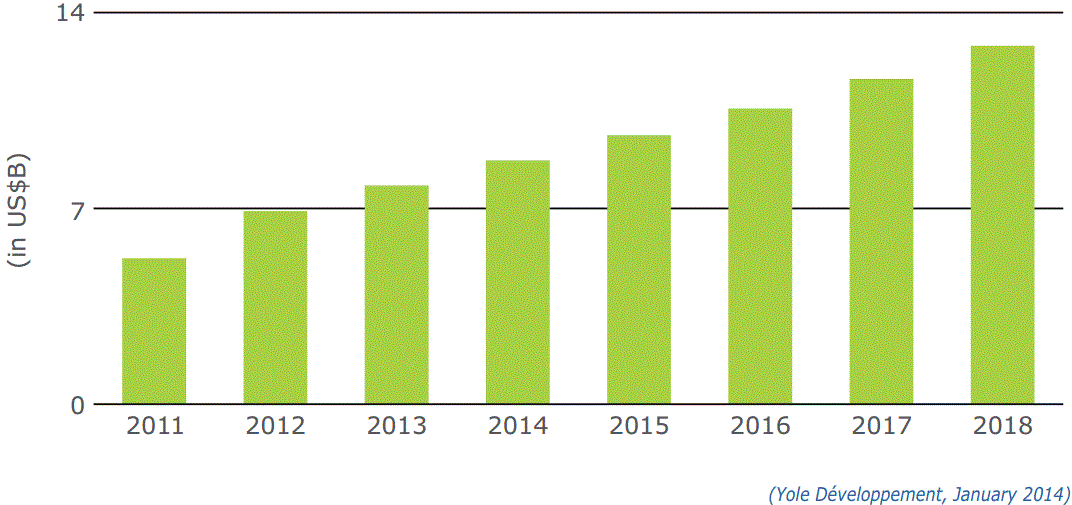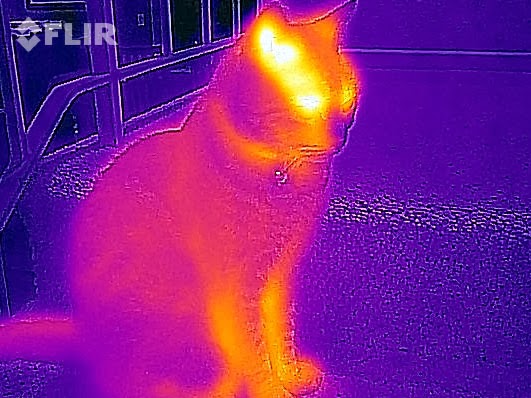Sony announces the acquisition of Renesas Tsuruoka Fab. Once the transaction is closed on March 31, 2014, Sony will establish Sony Yamagata Technology Center ("Yamagata TEC").
Last year, there were media reports that Renesas is going to close its Tsuruoka fab. The fab used to make chips for Nintendo game console, whose sales were sluggish.
Yamagata TEC will serve as a new production site for CMOS image sensors, and Sony plans to engage in capital investment from the first half of the fiscal year ending March 31, 2015 ("FY14") through the second half of the fiscal year ending March 31, 2016 ("FY15") in order to increase image sensor production capacity. This planned investment is a part of Sony's mid- to long-term plan to increase its total production capacity for image sensors from the current capacity of approximately 60,000 wafers per month to approximately 75,000 wafers per month (in 300mm wafer equivalents). Sony intends to convert part of the semiconductor manufacturing equipment that Sony is scheduled to acquire from Renesas to CMOS image sensor manufacturing, and also to install new equipment for CMOS image sensors. Yamagata TEC will primarily engage in the manufacture of photodiodes and wiring processes for stacked CMOS image sensors.
Sony will position Yamagata TEC as a new site for one phase of the image sensor wafer production process, alongside its existing Kagoshima Technology Center, Kumamoto Technology Center, and Nagasaki Technology Center sites. By doing so, Sony aims to strengthen its capacity to supply stacked CMOS image sensors.
The total investment amount is expected to be approximately 35 billion yen, comprising (i) approximately 7.5 billion yen to acquire Renesas Yamagata Semiconductor's Tsuruoka Factory assets in the fiscal year ending March 31, 2014 ("FY13"), and (ii) approximately 27.5 billion yen for planned capital investment to be carried out during FY14-FY15.
Update: Semicon portal published a nice graphics on the recent Japanese fabs acquisitions. The portal also says that Tsuruoka fab has 40nm process, a nice advance for Sony. There are some challenges for Sony in this deal:
"
Renesas moved some of the production equipment to the Naka fab, its main fab, so that it could continue manufacturing game-use system-on-chip LSIs, the Tsuruoka fab's principal products. Sony, therefore, would have to install some production equipment following the contemplated acquisition. This would increase the aggregate investment related to the Tsuruoka fab. Opinion on the advisability of the acquisition is divided within Sony.
From Sony's perspective, another drawback of the Tsuruoka fab is that the production line is not fully automated. Originally designed for high-mix low-volume production, the fab has poor automatic conveyor systems. Therefore, the line could fall short of what is required for highly efficient high-volume manufacturing of CMOS image sensors by Sony."
Update #2: Sony publishes a map of its image sensor production facilities:








































